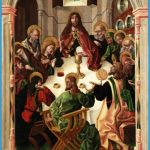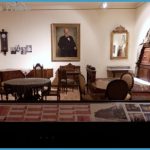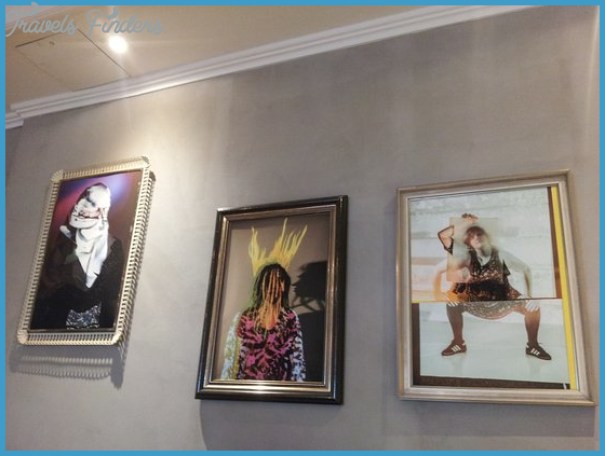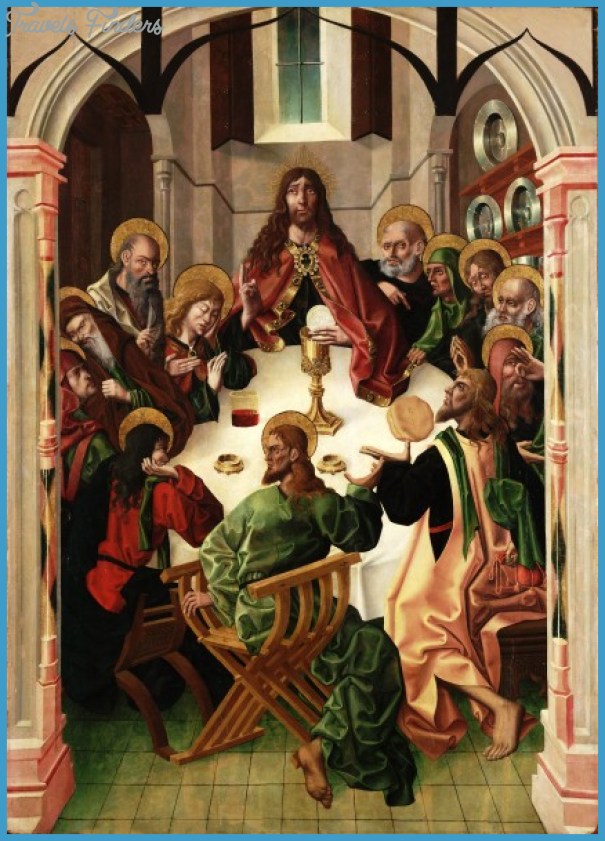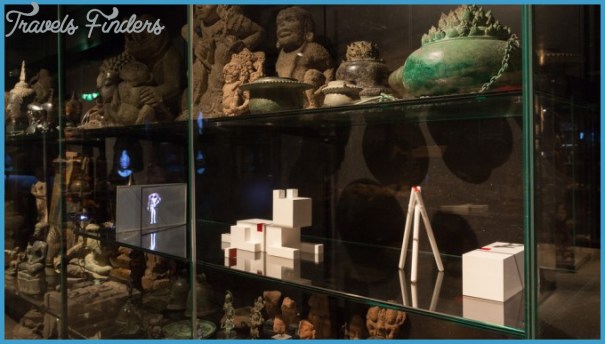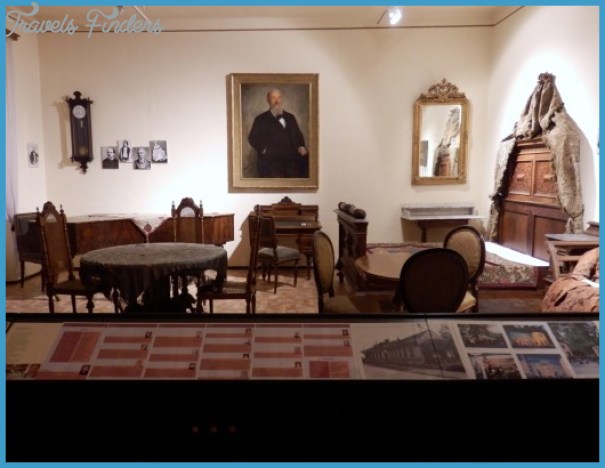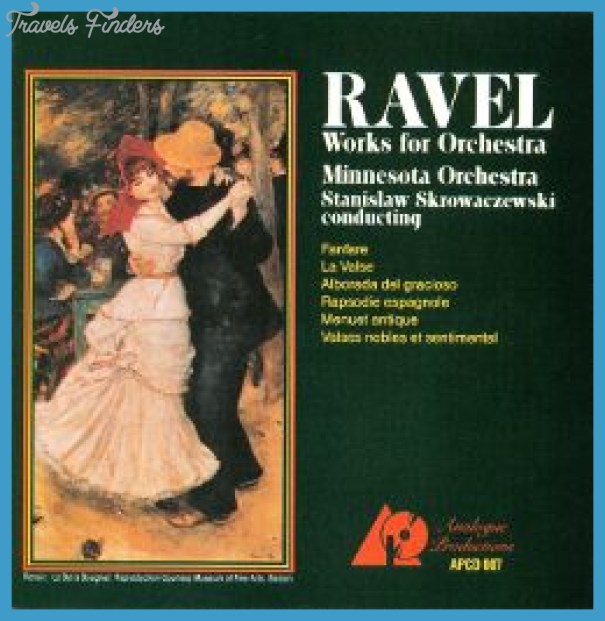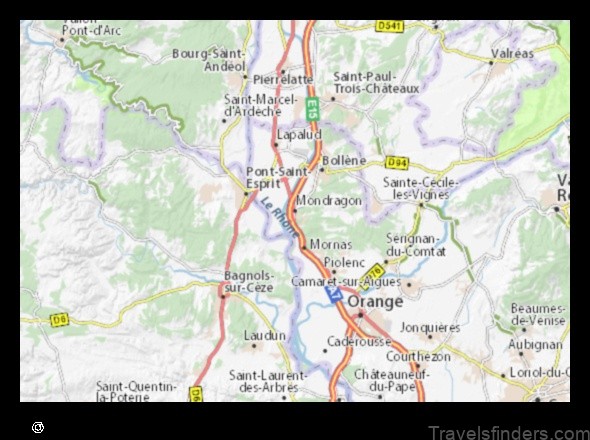SUPPE MUSEUM
Franz Suppe (as he signed his name) or Suppe (as it is now usually spelt),
Croatian born (in 1819), part-Belgian in descent, nephew of Donizetti, Austrian by nationality, was one of the prime creators of the Viennese operetta. Most of his life was spent in the imperial capital, where he is buried in the Zentralfriedhof; the house in which he died, Opernring 23, has borne a plaque since 1929. In 1876, when he was 57, he bought a house in the spa town of Gars am Kamp, some 80 km to the north-west, for use in the summers. A plaque put up on the house, Haangasse 27, in 1909, notes that he wrote the famous march from his operetta Boccaccio there. In 1878 he and his (second) wife Sofie bought a pair of houses in the Kremserstrafie (he called them Sofienheim); five years later he had them rebuilt, one for himself and Sofie, one for their visitors. The houses still stand; on one of them the opening of his O du mein Osterreich’ is inscribed (see p.28). Close by is the Suppe-Promenade; and one of the resort’s hotels has a Boccaccio-Room. Suppe was a revered guest in Gars and in 1891 the town conferred honorary citizenship on him. On his death in 1895 his widow turned the house into a commemorative museum, which it remained until her own death in 1926. The property passed to other family members and in 1931 it was sold.
SUPPE MUSEUM Photo Gallery
The collection, then dispersed, was reacquired for the municipality in 1972, and a memorial room was opened in 1974 within a local museum above a bank in the main square. When in 1990 the lease expired the collection had to be stored; but five years later, on the centenary of Suppe’s death, the municipality opened a new memorial room in the Rathaus. That however was uncomfortably small, so that only part of the material could be displayed, and in 2002 it moved to a much larger room in the new town museum close by. Some of the material from Sofienheim still remains in the depository, but the display is quite substantial and gives a good idea of the world in which the composer and his wife lived. Dominating it is a large oil of the great man, dating from 1892; his Baier grand piano is there too. Among the furniture is a set of Jugendstil cane chairs, a table with carved wood lions’ feet, a charming porcelain table with roses, his desk and chaise longue, and the bed, brought from Vienna, in which he died. There are some smaller items in Biedermeier style. In the showcases are his glasses and walking-stick, medallions, a needlepoint bootjack (the design incorporates a lyra), Sofie’s fans, a life mask and various documents in his own hand (both writing and music). There is a collection of published music and books and some brochures and posters, several referring to Die schone Galathee, and an assortment of photos. Context is happily supplied by subdued but gently spirited background music.



